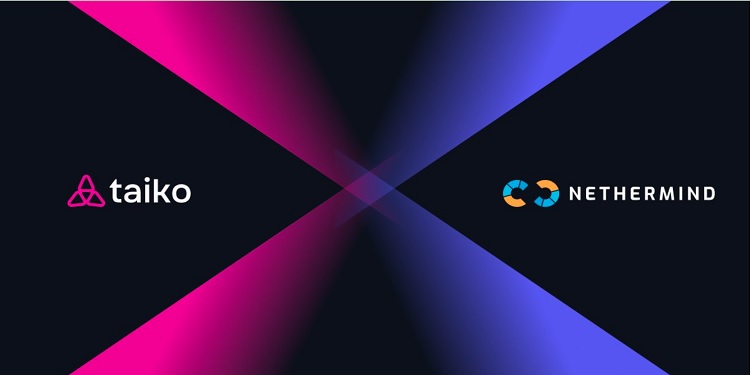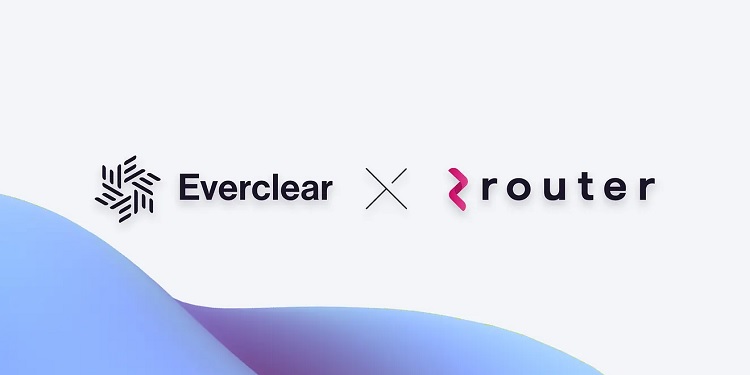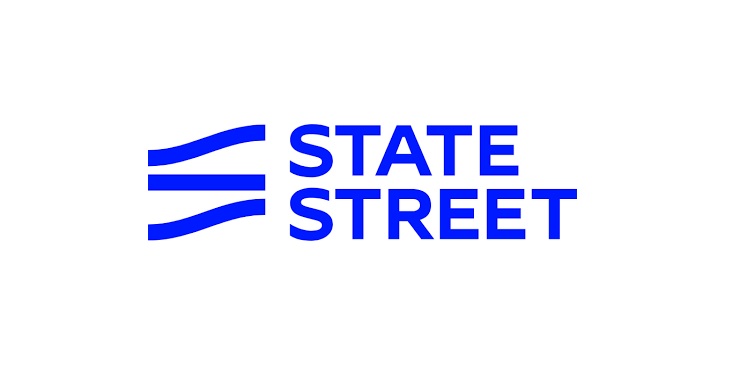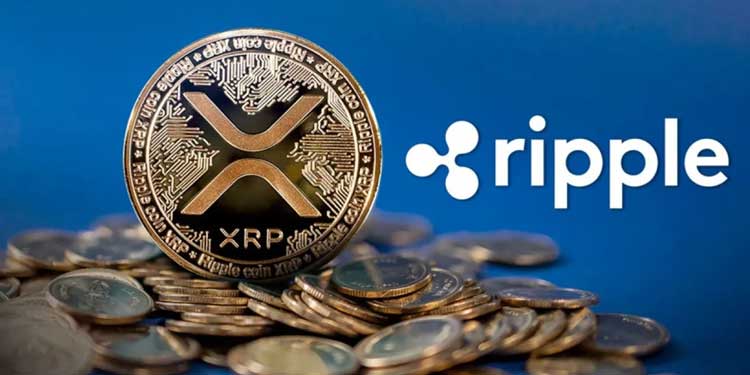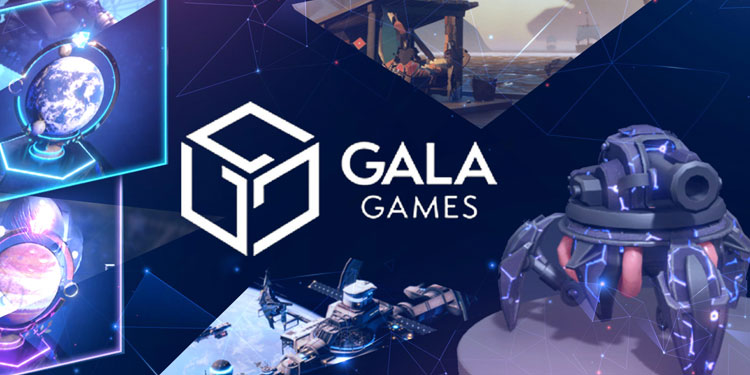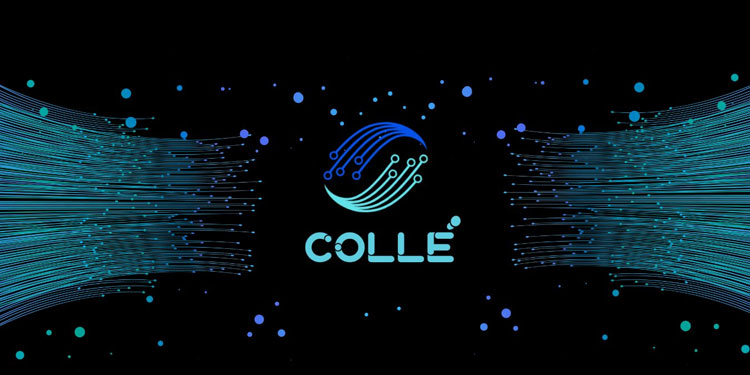In a strategic move set to impact Ethereum’s Layer 2 (L2) development landscape, Taiko has announced a partnership with Nethermind aimed at enhancing rollup infrastructure through a shared focus on decentralization and technical innovation. The announcement, made on July 4, 2025, on Taiko’s official Mirror page, signals a collaborative commitment to advancing Ethereum’s scalability while preserving its core principles of trust minimization.
The collaboration centers around building a production-grade rollup stack that integrates key components necessary for robust and secure L2 operations. Both entities are directing efforts toward the development of infrastructure that includes preconfirmation systems, the implementation of Ethereum Improvement Proposal 7917 (EIP-7917), zero-knowledge (ZK) gas profiling, and refined L2 fee mechanisms. These areas are considered fundamental for delivering a scalable and efficient rollup architecture that can operate securely on the Ethereum mainnet.
One of the critical aspects of the partnership lies in the design of preconfirmation infrastructure. The integration of preconfirmation sidecars for production deployments is intended to support the stability and performance of rollup systems. This technology plays a central role in ensuring that transactions within the rollup environment can be pre-validated with high confidence before being finalized, thereby enhancing user experience and reducing latency in high-throughput environments.
The collaboration also emphasizes upstream protocol contributions and client integration to bridge the gap between theoretical research and real-world deployment. By translating research outputs into functional, permissionless systems, the teams behind Taiko and Nethermind are working to ensure that the resulting infrastructure is resilient and ready for mainnet application. These initiatives align with Ethereum’s broader movement toward scalable, decentralized computation that can support a diverse array of decentralized applications (dApps).
A major objective in the ongoing partnership is to develop a sustainable L2 fee mechanism. The teams are aiming to create a model that supports composable economic design across rollups. By refining how fees are calculated and distributed within Layer 2 environments, the collaboration seeks to ensure that the economic systems powering rollups are both equitable and scalable. This focus on economic architecture is viewed as a necessary step toward enabling broader adoption of Ethereum L2 solutions.
With Layer 2 technologies playing an increasingly central role in Ethereum’s scalability roadmap, the Taiko-Nethermind collaboration is being seen as a milestone toward decentralized innovation. The partnership reflects a forward-thinking approach, where infrastructure development is closely tied to practical use cases and end-user functionality. Observers believe that these collaborative advancements could lead to more efficient transaction processing, lower fees, and enhanced network security for Ethereum users.
Our collaboration spans research, implementation and upstream contributions, including PoCs, client changes and standardization. We're building real systems to advance Ethereum’s based rollup ecosystem without compromising on decentralization.
Read more: https://t.co/Pr7wIQdm5v
— Taiko.eth 🥁 (@taikoxyz) July 4, 2025
Looking ahead, both Taiko and Nethermind have expressed strong intentions to continue driving innovation within the Ethereum ecosystem. The alliance is expected to deliver further developments as it progresses, reinforcing the shared mission to build performant and decentralized infrastructure that aligns with Ethereum’s long-term vision.
As demand for scalable blockchain solutions grows, this partnership positions both teams to contribute meaningfully to the next generation of Ethereum infrastructure. By combining Nethermind’s deep protocol expertise with Taiko’s rollup specialization, the collaboration aims to accelerate the rollout of high-performance Layer 2 systems that are designed with decentralization and resilience at their core.

